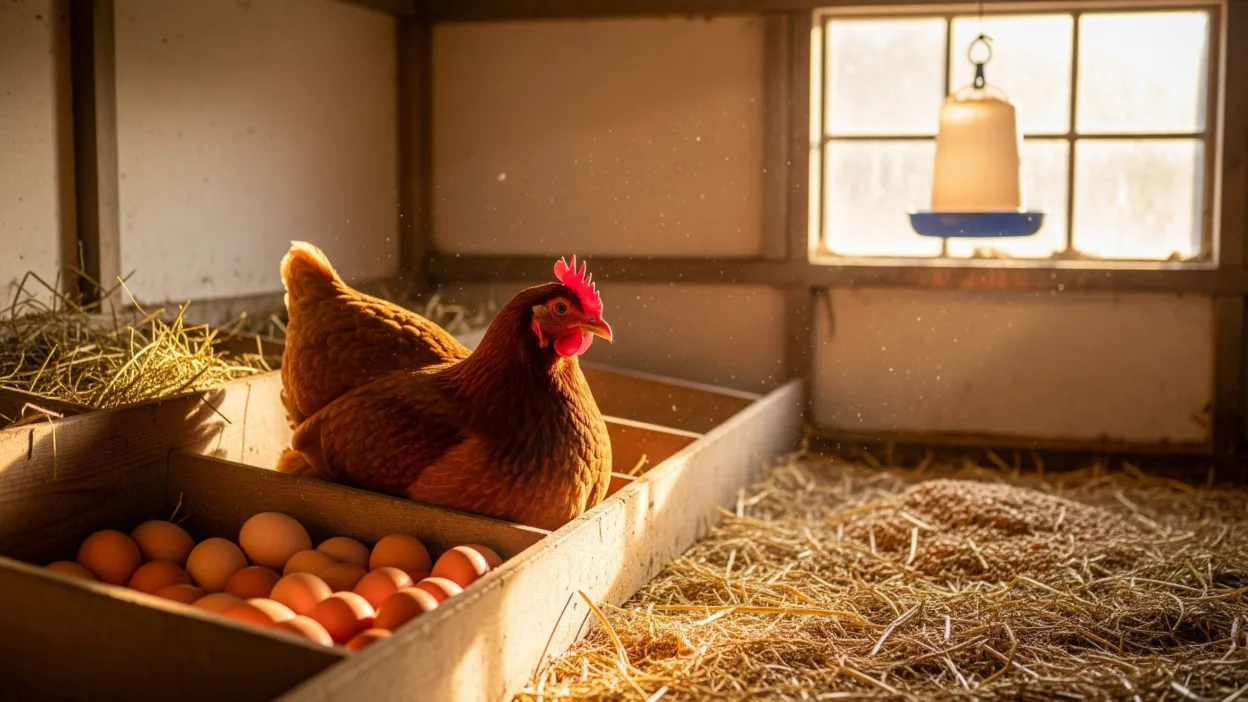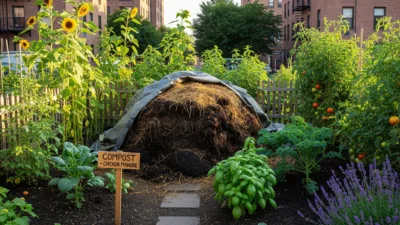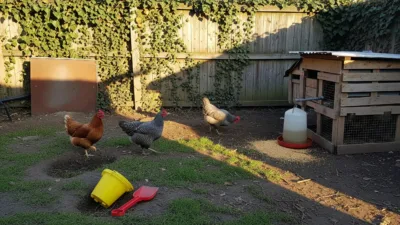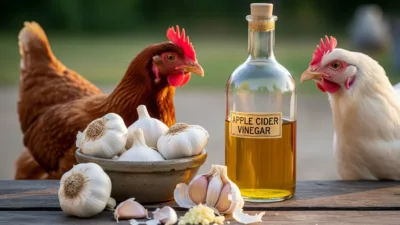Collecting fresh eggs from your backyard flock is one of the best rewards of keeping chickens. But when winter arrives, many chicken keepers notice a sharp drop in egg production. Shorter days, cold weather, and molting cycles all play a role in slowing down the laying process. Fortunately, there are proven ways to keep your hens laying consistently through the colder months.
If you’re wondering how to increase egg production in winter, this guide will cover the key reasons chickens stop laying and provide actionable steps to help maximize your flock’s output.
Why Egg Production Drops in Winter
Before we look at solutions, it’s important to understand why your hens slow down.
- Daylight Hours Decrease
Chickens need 14–16 hours of daylight to maintain strong egg production. In winter, natural daylight can drop to as little as 8–10 hours, signaling to a hen’s body to conserve energy instead of laying. - Colder Temperatures
Chickens use more energy to stay warm in winter, leaving less available for egg production. - Molting Season
Many hens go through their annual molt in late fall. During this time, nutrients are redirected from egg production to feather regrowth. - Stress and Environmental Changes
Cold drafts, poor ventilation, and sudden coop changes can cause stress, which reduces egg laying.
10 Proven Ways to Increase Egg Production in Winter
1. Extend Daylight with Artificial Lighting
The single biggest factor affecting winter egg production is lack of daylight. To keep hens laying, install a safe, low-wattage bulb in the coop and use a timer to ensure they receive about 14–16 hours of light daily.
- Use a warm-colored LED bulb or a 40-watt incandescent bulb.
- Set the light to turn on early in the morning rather than late at night to avoid disturbing their natural roosting schedule.
Tip: Avoid over-lighting. Too much light can stress hens and shorten their productive lifespan.
2. Keep the Coop Warm but Well-Ventilated
Chickens are hardy birds, but extreme cold slows down laying. Insulate the coop to block drafts while ensuring proper airflow.
- Use deep litter method bedding to provide natural warmth.
- Seal gaps that cause direct drafts but leave ventilation near the roof.
- Avoid heating the coop unless temperatures are dangerously low, as sudden changes in warmth can stress chickens.
3. Provide a Protein-Rich Diet
Protein is essential for egg production, especially after molting. In winter, increase protein intake to 16–20% in their feed.
- Offer layer pellets with balanced nutrients.
- Add high-protein treats like mealworms, black soldier fly larvae, or cooked eggs.
- Include occasional seeds, grains, and kitchen scraps, but keep treats under 10% of the diet.
4. Ensure Access to Fresh, Unfrozen Water
Dehydration is a silent egg production killer. Chickens need constant access to water, but in freezing temperatures, waterers can ice over.
- Use heated waterers or place water containers in a sunlit area.
- Refresh water several times daily if heaters aren’t available.
Without enough water, egg-laying can stop within days.
5. Add Extra Calcium for Strong Shells
Calcium is critical for consistent egg laying. In winter, hens may need a boost.
- Provide crushed oyster shells or limestone grit in a separate feeder.
- Mix powdered calcium into feed if you notice thin or weak shells.
6. Minimize Stress Inside the Coop
Stress directly impacts egg production. In winter, hens are often confined more, which can cause pecking and aggression.
- Ensure 4 square feet per chicken inside the coop.
- Add enrichment like perches, dust baths, and hanging treats.
- Keep predators away, as signs of raccoons, foxes, or dogs can stress hens even if no attack occurs.
7. Manage Molting Season Carefully
If hens are molting in late fall or early winter, egg production will naturally slow. Help them recover faster with high-protein and nutrient-rich foods.
- Add sunflower seeds, fish meal, or soybeans.
- Provide vitamin supplements in water for feather regrowth.
8. Supplement with Healthy Winter Greens
While free-ranging is harder in snowy months, chickens still benefit from greens that mimic natural foraging.
- Offer kale, spinach, cabbage, and clover.
- Hang a head of cabbage in the coop for nutrition and entertainment.
Greens provide vitamins that support laying and boost immune health.
9. Collect Eggs Frequently
In freezing temperatures, eggs can crack or freeze if left in the nest boxes too long. Collecting eggs multiple times a day encourages hens to keep laying by keeping the boxes clean and dry.
10. Keep Only Productive Layers During Winter
Not every hen will continue to lay in cold weather. Older hens (over 3 years) naturally slow down. If your focus is on egg production, consider adding new pullets in late summer, so they start laying just as older hens taper off.
Breeds That Lay Better in Winter
Some chicken breeds are naturally better at laying during colder months. If you’re planning for long-term productivity, consider adding:
- Rhode Island Red
- Plymouth Rock
- Sussex
- Australorp
- Leghorn
These breeds are hardy and tend to keep laying steadily throughout the year.
Common Mistakes That Reduce Winter Egg Production
Even with good management, some practices can reduce egg laying in cold months:
- Overheating the coop – causes dependency and stress.
- Skipping supplemental lighting – hens won’t lay in darkness.
- Poor nutrition – relying only on corn or scraps without balanced feed.
- Ignoring health checks – parasites and infections lower productivity.
Conclusion
Winter doesn’t have to mean empty egg baskets. By focusing on lighting, nutrition, warmth, and stress-free management, you can significantly increase egg production in your flock during the colder months.
While some slowdown is natural, a combination of artificial lighting, high-protein feed, and proper care ensures your hens continue laying throughout winter. Planning ahead, choosing hardy breeds, and supporting molting hens will make a big difference in your homestead’s year-round egg supply.
With the right approach, your chickens can remain productive, and you’ll continue enjoying fresh, nutritious eggs no matter the season.



